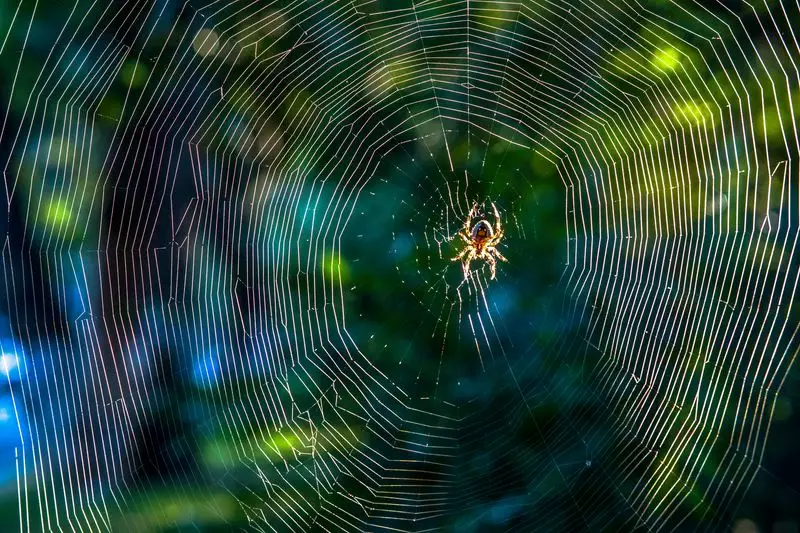
In a remarkable discovery that challenges everything we thought we knew about spider behavior, researchers have uncovered that certain spider species live in massive, cooperative colonies where activity never ceases. This groundbreaking finding reveals a sophisticated social structure among arachnids that defies their traditional solitary reputation.
The Never-Sleeping Spider Metropolis
Scientists studying Stegodyphus sarasinorum spiders in India have documented colonies where these arachnids maintain constant activity throughout day and night cycles. Unlike most spider species that hunt and live alone, these social spiders have created what researchers describe as a perpetual party atmosphere within their massive communal webs.
The research, conducted by a team including Dr. Amit Kumar and published in the prestigious journal Frontiers in Ecology and Evolution, reveals that these spider colonies function like bustling cities where different groups remain active at all hours. While some spiders rest, others are busy hunting, repairing the web, or caring for young, creating a continuous cycle of activity.
Engineering Marvels of Spider Cooperation
What makes these colonies particularly extraordinary is the sheer scale of their construction. The researchers documented massive web structures measuring up to several meters across, housing hundreds to thousands of individual spiders working together. These aren't just random collections of webs but carefully engineered structures with specific functional areas.
The communal webs serve multiple purposes beyond just catching prey. They provide shelter, nursery areas for spiderlings, and communication networks that allow colony members to coordinate their activities. The constant maintenance and expansion of these structures require sophisticated cooperation that researchers are only beginning to understand.
Challenging Decades of Scientific Understanding
This discovery fundamentally challenges the long-held scientific view of spiders as primarily solitary creatures. Dr. Kumar's team observed that colony members engage in complex social behaviors including cooperative hunting, shared parenting duties, and collective web maintenance. The spiders appear to recognize colony mates and work together in ways previously thought impossible for arachnids.
The research team used advanced monitoring techniques including infrared cameras and motion sensors to track activity patterns across multiple colonies over extended periods. Their data consistently showed that overall colony activity levels remained stable regardless of time of day, with different subgroups taking turns being active.
This constant activity provides significant survival advantages. The colonies can respond more quickly to threats, capture prey more efficiently, and maintain their complex web structures against environmental damage. The research suggests that social living has evolved as a successful survival strategy for these particular spider species in their specific ecological niches.
Implications for Understanding Animal Social Evolution
The findings have broader implications for understanding how social behavior evolves across animal species. Scientists now believe that social cooperation in spiders may be more common than previously recognized, having evolved independently multiple times in different spider lineages facing similar environmental pressures.
Researchers are particularly interested in how these spiders manage conflict and coordinate activities without the complex communication systems seen in social insects like ants or bees. The study opens new avenues for understanding the evolution of social behavior and the conditions that favor cooperation over solitary living in the animal kingdom.
As scientists continue to study these remarkable spider colonies, they hope to uncover more secrets about how such complex social systems emerge and are maintained in species not traditionally associated with cooperative behavior. The discovery serves as a powerful reminder that nature often holds surprises that challenge our fundamental assumptions about animal behavior and social organization.





